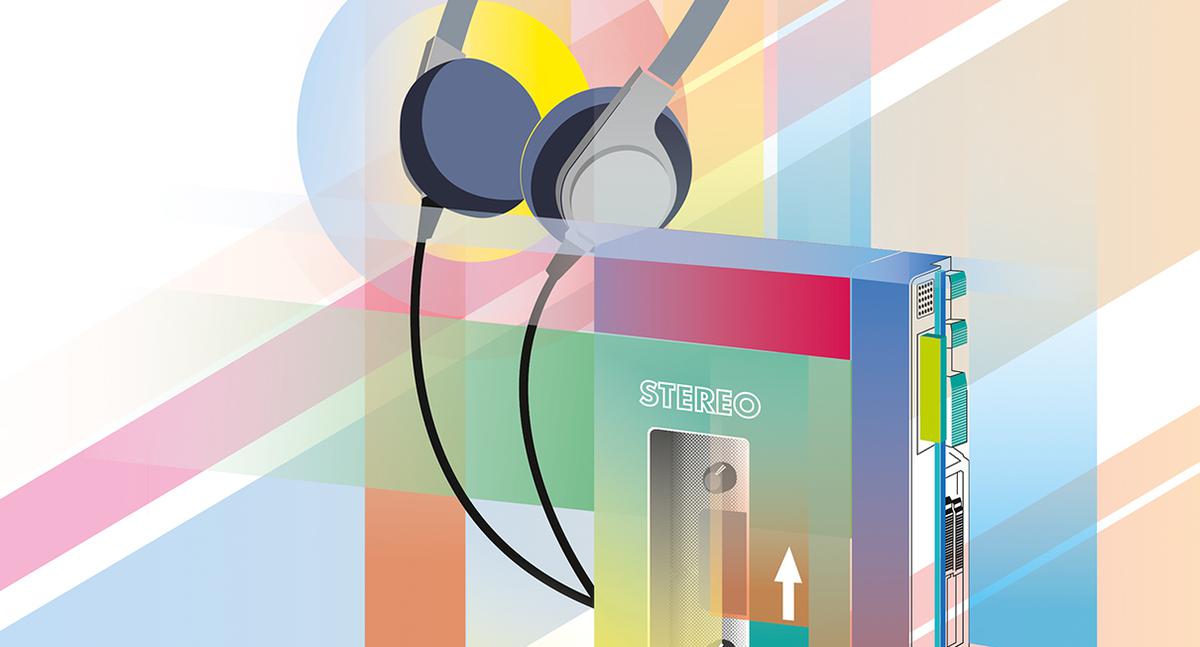Picture yourself in the late 1970s and you want to put on the latest tunes. Some popular artists during the time were Fleetwood Mac, who had the top selling album of the 1970s in Rumours (1977), a budding Jackson 5, Commodores, Queen, Led Zeppelin, Village People, and the Bee Gees. Many people during the time used the radio, or if they were lucky, they would have an 8-track which was popular from the early 1960s to late 1970s. However, in an attempt to go even smaller and still preserve the quality of sound, Japanese company Sony decided to bring a nightclub on-the-go in the form of the Sony Walkman.
The portable stereo was the brainchild of Brazilian-German inventor Andreas Pavel, who had the idea for the Stereobelt back in 1977. Sony already had a compact tape recorder called the Pressman, which brought into dispute who really conceptualized the portable stereo. This was generally used by journalists who wanted to record an event. They heavily modified the Pressman by replacing the recording head with a playback head. The speaker was then replaced with an amplifier. They also took into account the TC-D5, which was Sony’s existing portable player during the development of the Walkman. Sony co-founder Masaru Ibuka came up with the idea because he loved listening to opera on the TC-D5 during his frequent trips between Japan and North America, and tasked the audio division to create the Walkman. Nobutoshi Kiraha and Kozo Osohne took components of the expensive and bulky TC-D5 and combined them with the Pressman. To lower the cost of the Walkman, Sony used lower-end components and encased the parts in attractive casing.
The Sony Walkman debuted in Japan on July 1, 1979 and sold for USD 150 (around USD 500 in today’s money). There was significant fanfare around the device because of its low battery requirements: one AA battery or one gumstick rechargeable battery. It also had an AC adapter for charging. It was clear that the Sony executives had high sound quality in mind, but at an affordable price for the average consumer. The Walkman made its way to the United States in June 1980 and the United Kingdom shortly thereafter. One version of the Walkman, the WM-101, which only used rechargeable batteries, was remarkably slim for a cassette player when it was released in 1985.
By 1990, the TCD-D3 model was released and it was small enough to fit in one’s palm. The model was so popular that Sony actually supported it until 2005. The 15th anniversary edition, the WM-EX1, was released in 1994, and included vertical loading, allowing people to swap cassettes more easily. The EX-5, introduced in 1996, had an incredible 62 hours of playback time. By comparison, the iPhone 8 Plus that was released last year has up to 60 hours of wireless audio playback. 1999’s NW-MS7 was the first to use media that did not move, solving the skipping issues that plagued cassette tapes and CDs.
Overall, the Sony Walkman pioneered an age of personal audio devices so you could take your music on the go. Today, a lot of the functions from the nostalgic music player have been rolled into our smartphones, but having one of these devices meant building for a future where entertainment could be done from smartphones, laptops, and PCs.
Also published in GADGETS MAGAZINE June 2018 Issue
Words by Jose Alvarez
